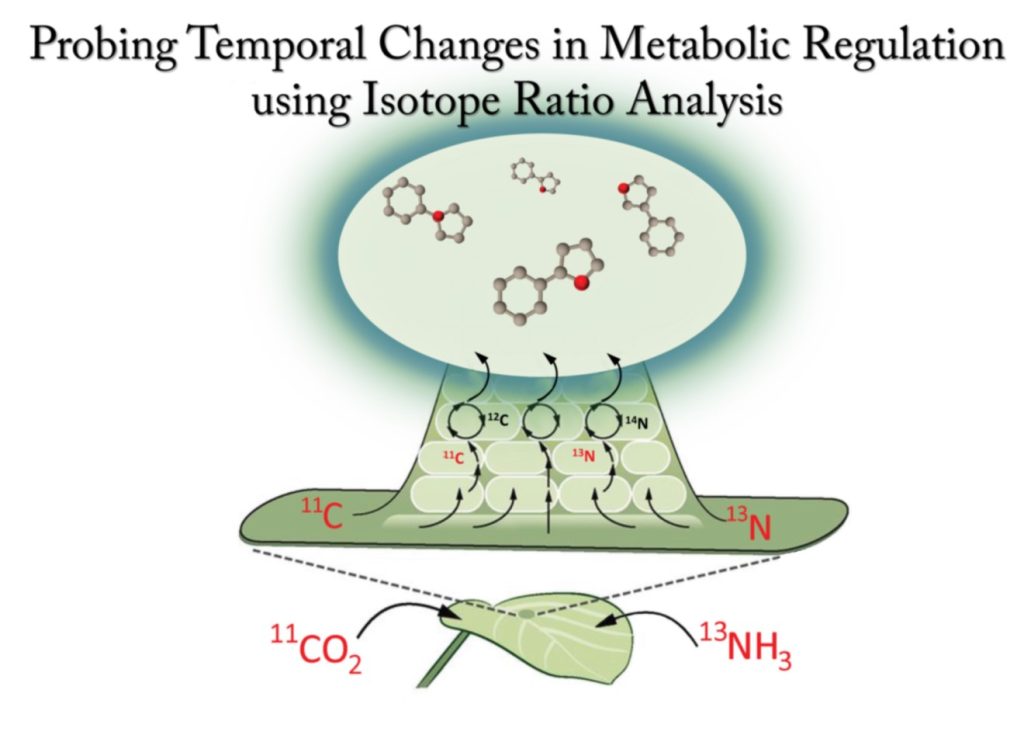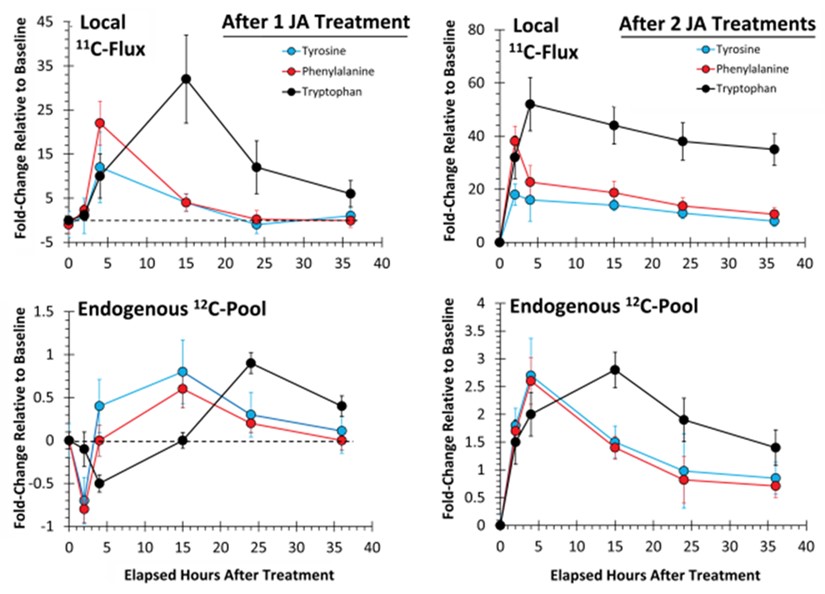
Although many people think of plants as sessile organisms, recent advances in plant biology including molecular genomics and cell biology have established that plants are behavioral organisms with a capacity to receive information about their environment, store it, and later act upon this information in a hierarchy of ‘decisions’ impacting their physiology, metabolism and growth. In a sense, plants can remember events and act upon them differently as part of a learning process. How plants acquire information from their environment and convert this information into responsive behavior is the focus of a new and exciting field called Plant Neurobiology. Understanding the molecular basis for plant memory could set the stage of future agriculture where ‘smart’ plants are capable of learning and adapting to their changing environment.
In a recent publication (Plants 2020, 9, 851; doi:10.3390/plants9070851) researchers at MURR have been able to provide evidence of plant memory in the way plants use their ‘new’ and ‘old’ carbon and nitrogen resources. Using short-lived radio-tracers of carbon administered as 11CO2 and nitrogen administered as 13NH3 they applied isotope ratio analysis of key plant metabolites. To induce a stressful condition from which the plant could learn, the researchers used topical treatments of the phytohormone, jasmonic acid. This had the effect of simulating conditions that occur when an insect feeds on a leaf. They found that after two treatments, the metabolic flux of ‘new’ carbon and nitrogen into amino acid biosynthesis was accelerated, amplified and even sustained at this higher level for longer periods of time as compared with the response from just a single treatment. These results suggest the plants remembered the stress and took action to address it after the first treatment.
In the charts below, serial treatments using the plant defense hormone jasmonic acid (JA) show evidence of plant ‘memory’ in the biosynthesis of certain amino acids implicated in defense. ‘New’ carbon fluxes are accelerated, amplified and sustained at a higher level after two treatments.
